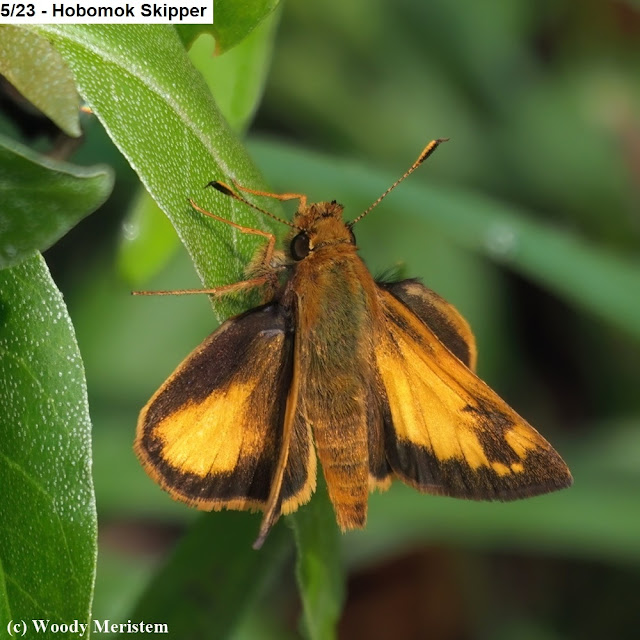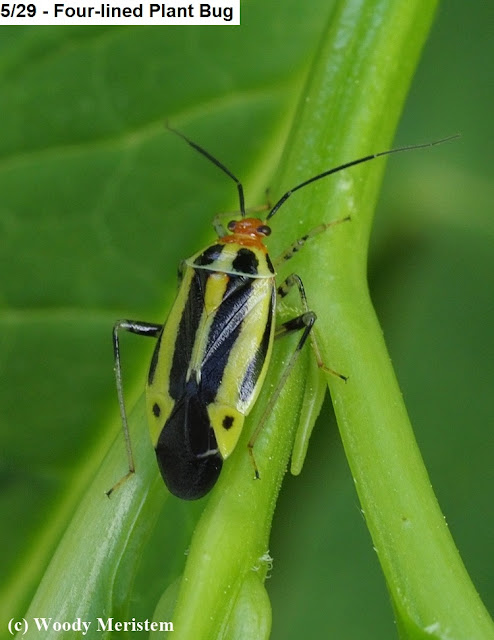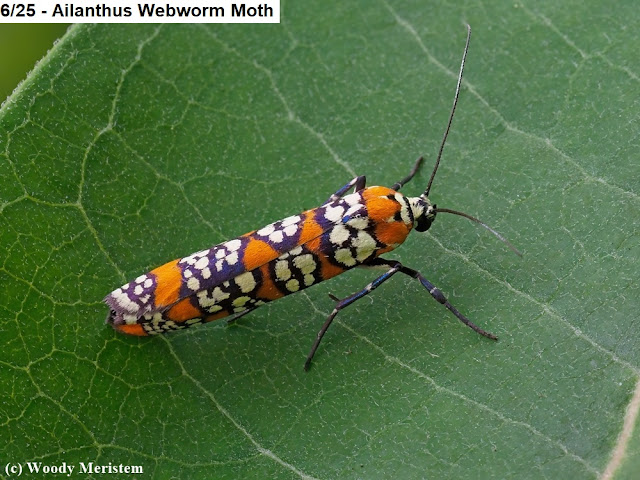‘Twas a beautiful day for summer in Pennsylvania; clear as a bell, cool, with a gentle breeze – WOW! And so I easily persuaded H to accompany me on a drive to the elk range to see what we could see. We picked up sandwiches on the way and enjoyed a pleasant ride. Unlike during the fall rut, there were very few people looking for elk which made things even more enjoyable.
Along a gravel road we came upon two elk calves that didn’t stick around long enough for me to get worthwhile photographs.
As we drove along we saw a large bull in a field above the road, so up the hill I went. The bull had wide-spreading antlers reminiscent of two bulls that were photographed years before by Willard Hill; those bulls were nicknamed “Crazy Legs” and “Crazy Legs Jr.”.
An unusual number of bulls in Pennsylvania’s elk herd seem to have what would be called non-typical antlers, with odd configurations: wildly splayed, extraneous points in odd places or downward pointing tines, others have moose-like palmate areas, yet others have many more points than would be normal.
Since the elk population was somewhere below 50 animals in the 1960s and early 70s there couldn’t have been more than a handful of breeding bulls. So our elk population may well be quite inbred, resulting in oddities becoming more common in the population.
After taking quite a few photos of the bull we headed down the road. About a mile and a half later we saw another bull, this one with more typical elk antlers –
We watched him for quite a while as he fed in a field that had been mowed not long before –
I’d been standing by the side of the road photographing the bull and we were just about ready to leave for home when I turned around and saw –
This bull's antlers were odd, but not as non-typical as the first bull we'd seen –
By the time I had some photos of the bull it was getting quite dark and we headed for home.





















-DeNoiseAI-low-light.JPG)

-DeNoiseAI-low-light.JPG)
-DeNoiseAI-low-light.JPG)
-DeNoiseAI-low-light.JPG)
-DeNoiseAI-low-light.JPG)
-DeNoiseAI-low-light.JPG)




-DeNoiseAI-clear.JPG)
-DeNoiseAI-clear.JPG)








































.JPG)





.JPG)









































